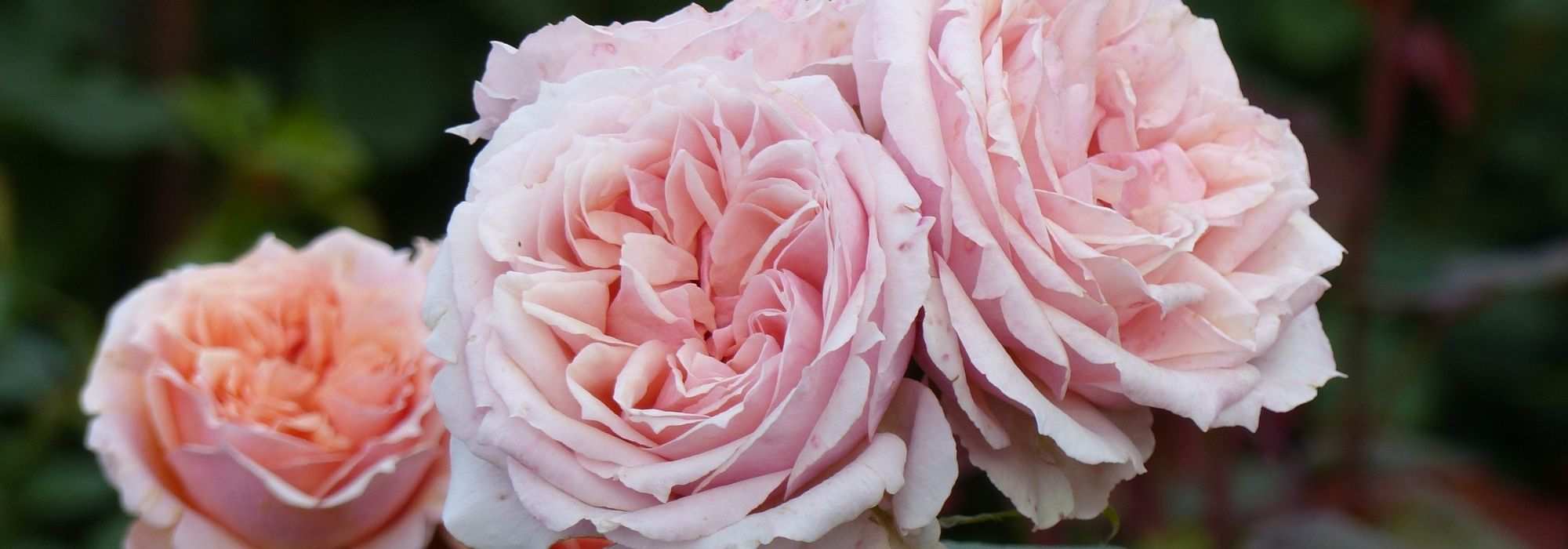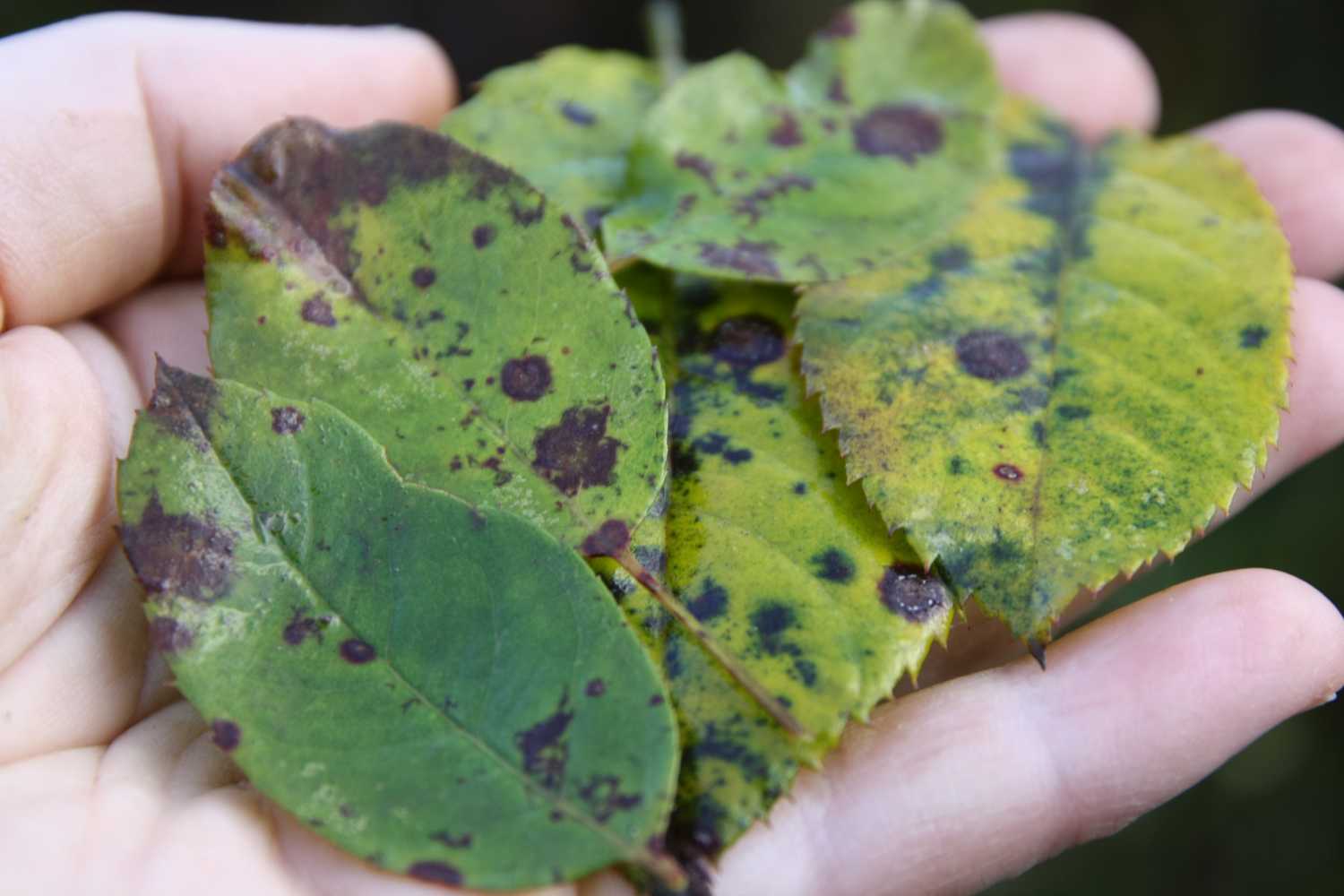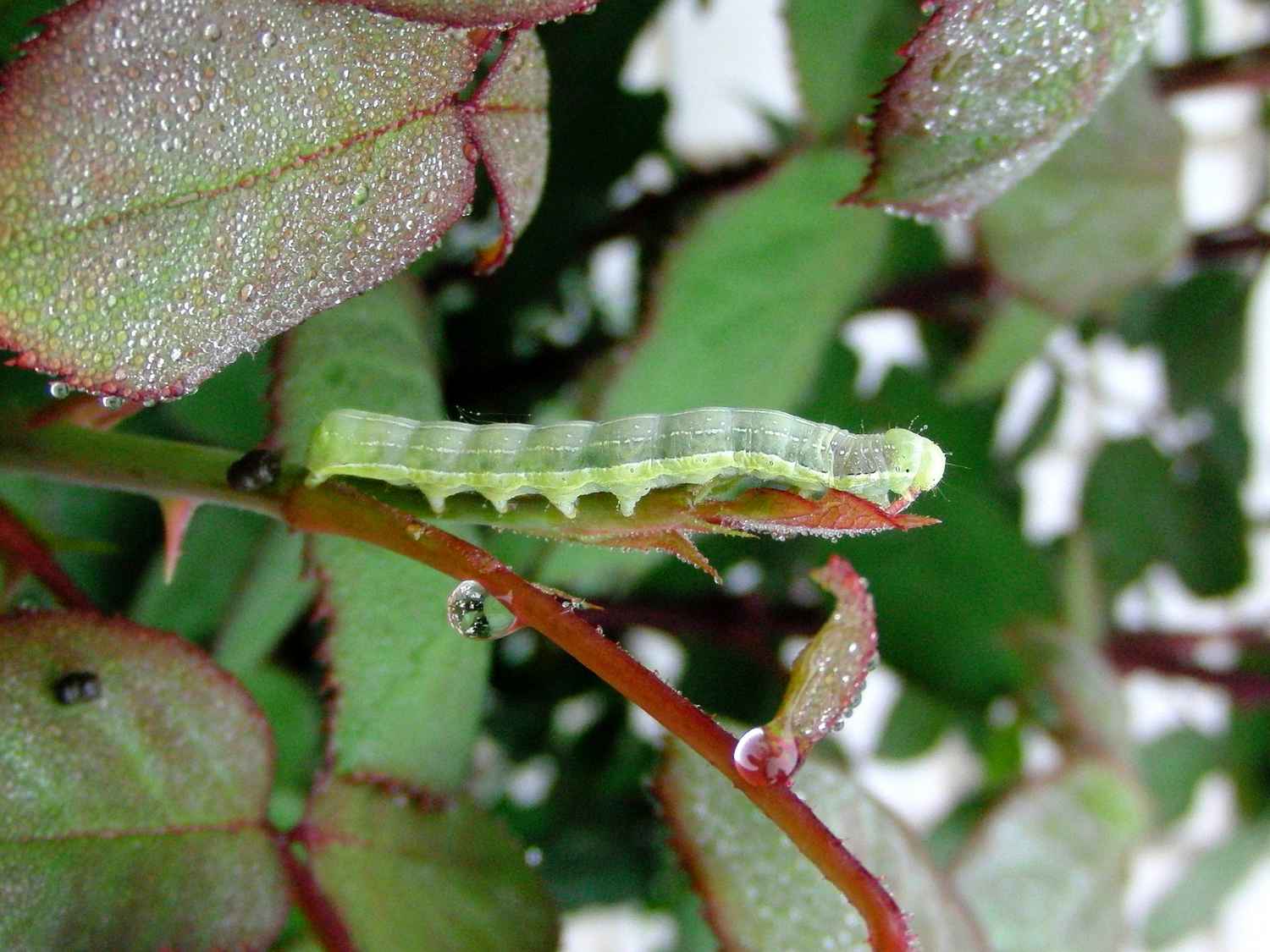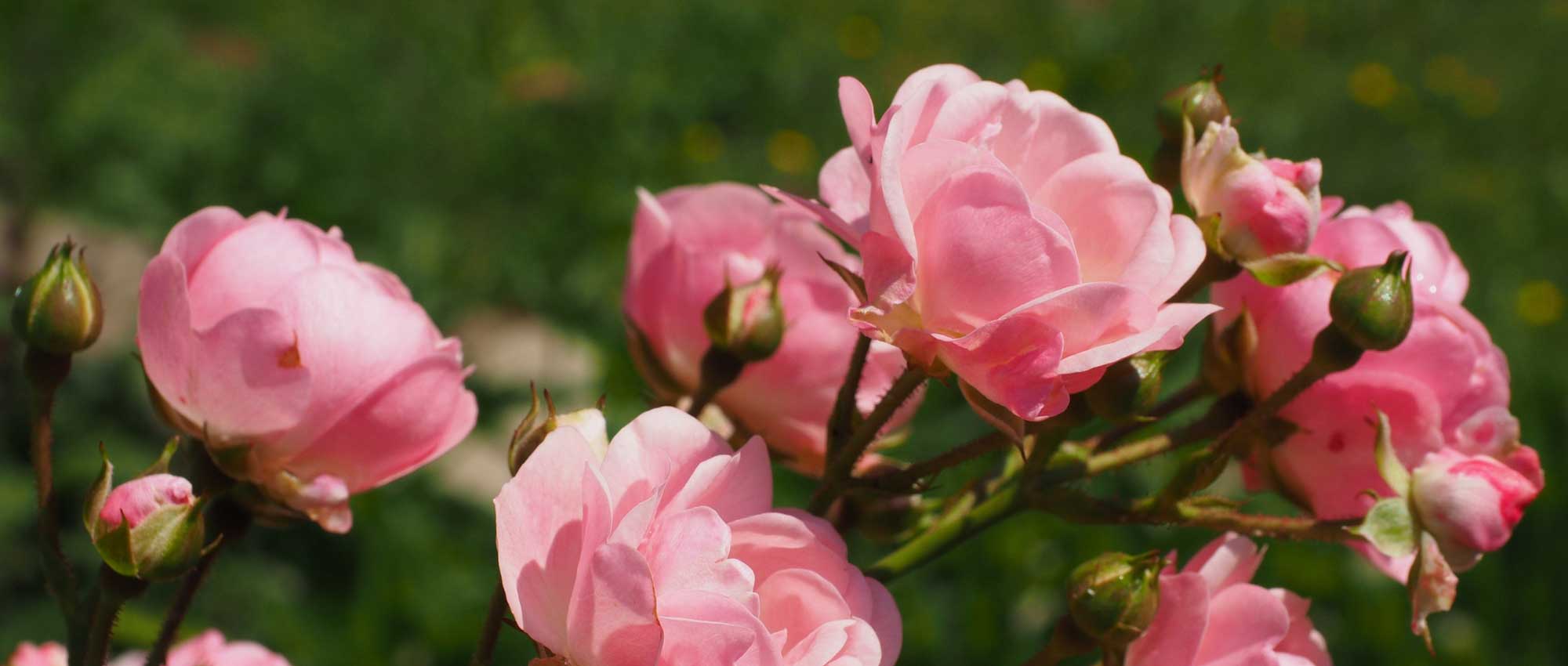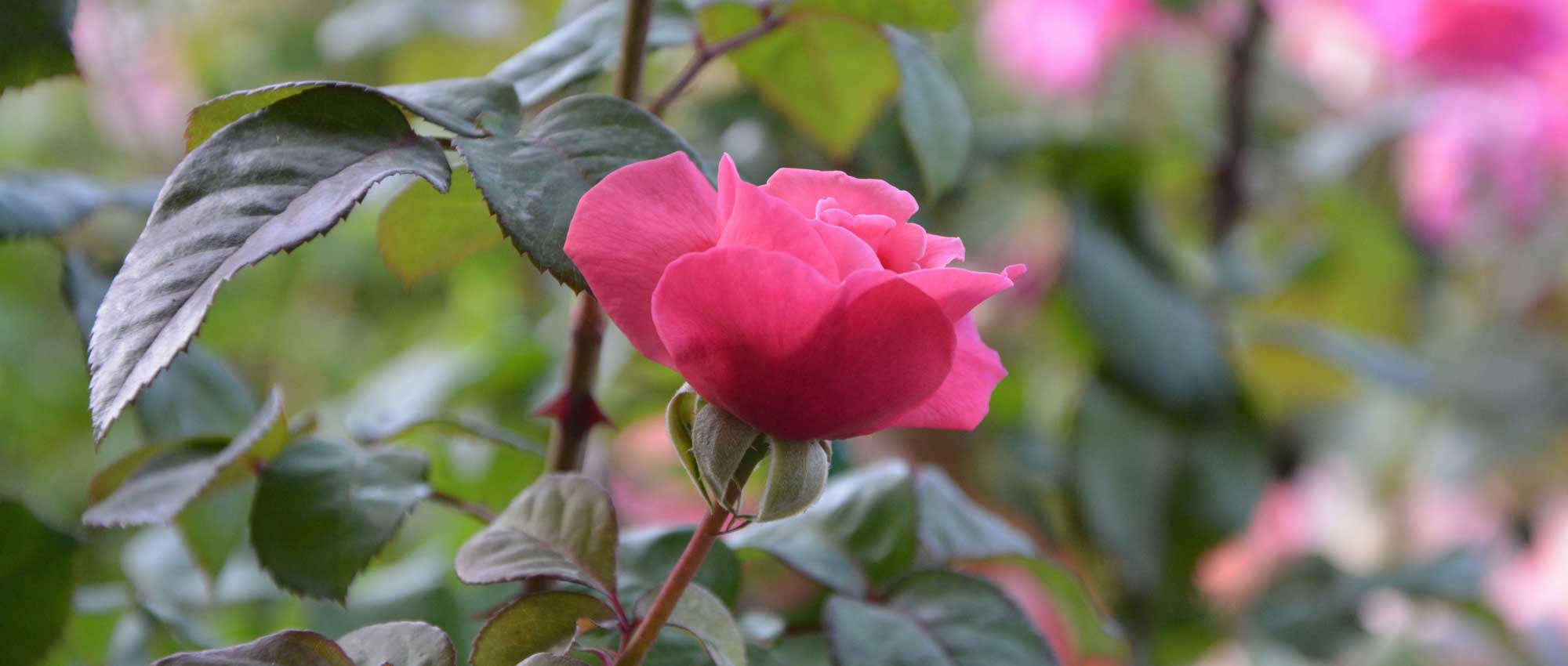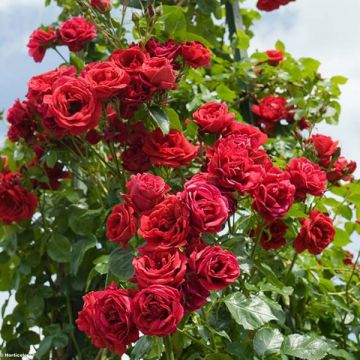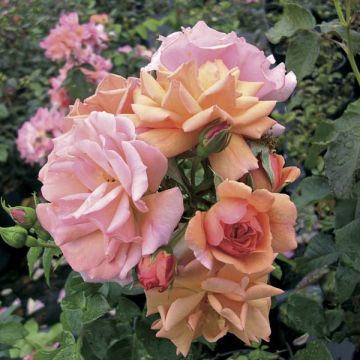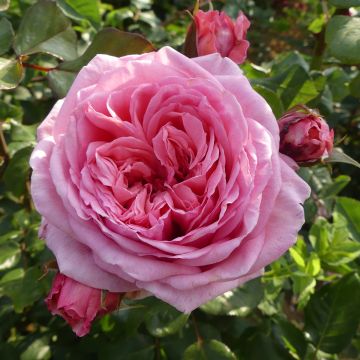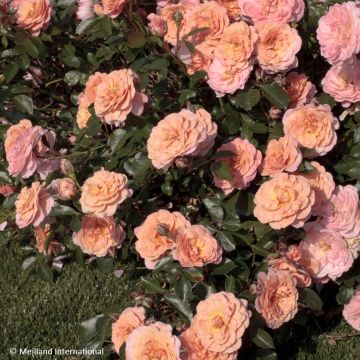

Rosa Generosa Bicentenaire de Guillot
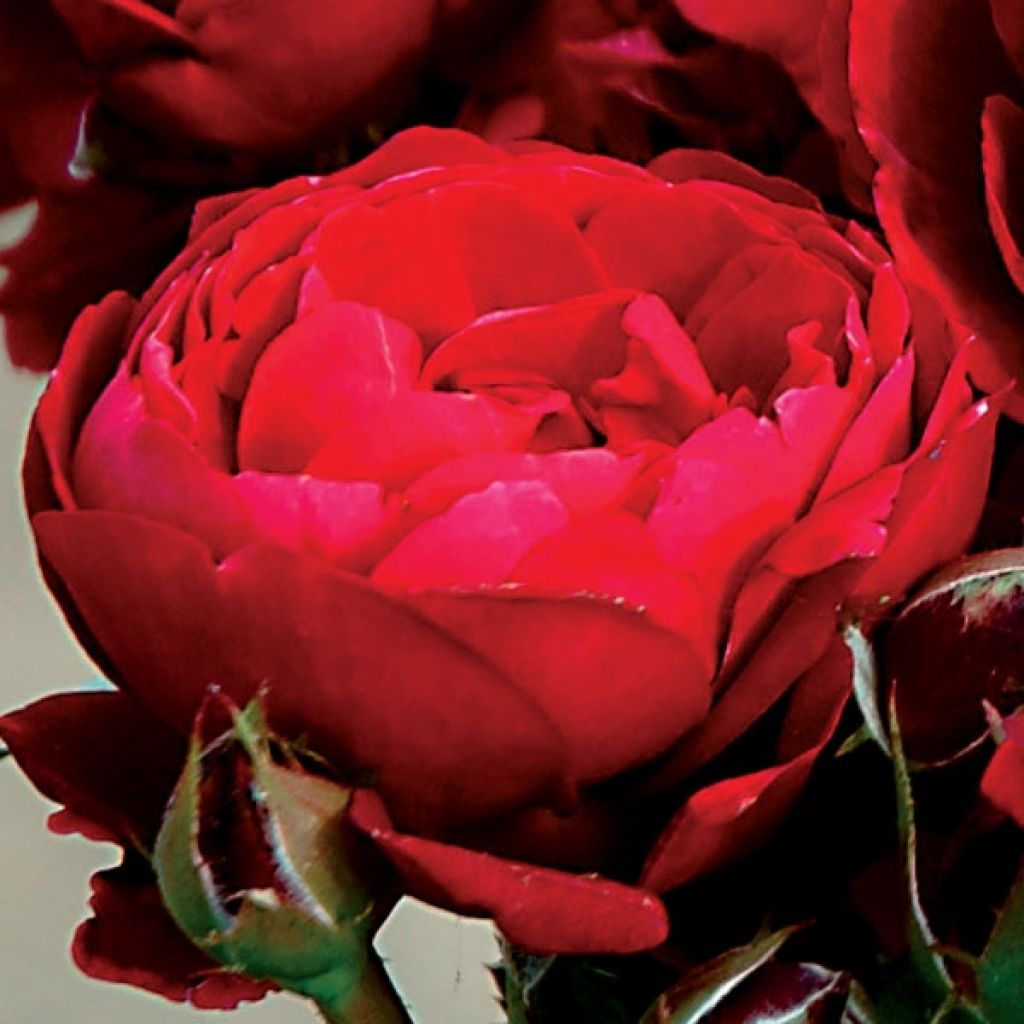

Rosa Generosa Bicentenaire de Guillot
Rosa Generosa Bicentenaire de Guillot
Rosa Generosa® Bicentenaire de Guillot 'Masbigui'
The rose bush has been flowering continuously since spring, the roses are magnificent.
Danielle, 26/08/2025
Special offer!
Receive a €20 voucher for any order over €90 (excluding delivery costs, credit notes, and plastic-free options)!
1- Add your favorite plants to your cart.
2- Once you have reached €90, confirm your order (you can even choose the delivery date!).
3- As soon as your order is shipped, you will receive an email containing your voucher code, valid for 3 months (90 days).
Your voucher is unique and can only be used once, for any order with a minimum value of €20, excluding delivery costs.
Can be combined with other current offers, non-divisible and non-refundable.
We guarantee the quality of our plants for a full growing cycle, and will replace at our expense any plant that fails to recover under normal climatic and planting conditions.
Description
Rosa Generosa Bicentenaire de Guillot is an excellent garden rose, robust, healthy, and very perpetual as a Generosa should be. From May to the first frost, it produces double flowers of medium size, which are an intense purple-red colour, almost a peony red. They are also pleasantly scented. Perfect for all gardens, it is ideal in a flower bed, as a specimen plant, and its modest size allows it to be grown in a large pot on the patio. One of the most beautiful creations from the famous Guillot house!
Rosa Generosa Bicentenaire de Guillot is a particularly vigorous and hardy variety. When fully grown, it will reach about 1m (3ft) in height and 90cm (35in) in width. Flowering begins in May-June depending on the climate, and it will only stop with the arrival of frost. The plant produces countless small clusters of flowers. The turbinate buds open into globular and double flowers. The flowers are 8-10 cm (3-4in) wide, of a purple-red colour that withstands the heat of the sun. They emit a light but very pleasant rose fragrance. The foliage is very healthy, deciduous, dark green to enhance the flowering, and requires little maintenance.
Rosa Generosa Bicentenaire de Guillot is ideal for beginner gardeners. Small but sturdy, it blooms consistently and generously regardless of the weather. Grow it in a pot to decorate the patio, or in a flower bed, in groups of 3. Its beautiful red roses are even more beautiful alongside the white roses tinged with red from the Generosa rose 'Eliane Gillet' or the pure white of the David Austin Winchester Cathedral rose. When cut, these red roses will perfume your interior. Make a bouquet to offer to your loved one as well.
Varietal name: MASBIGUI
Breeder: Guillot-Massad
Family: Generosa Roses®
Plant habit
Flowering
Foliage
Botanical data
Rosa
Generosa®
Bicentenaire de Guillot 'Masbigui'
Rosaceae
Cultivar or hybrid
Rosa multiflora (Wrapped bare root, 4L/5L pot)
Planting and care
Roses prefer a sunny location (at least 4 to 5 hours of sun per day) but sheltered from the scorching midday rays and strong winds. Plant them from October to April. Easy to grow, roses appreciate loose, permeable soil rich in humus. They prefer soil with a neutral pH but will adapt to any garden as long as the soil is well worked and sufficiently rich. To plant your rose, work the soil to a depth of 25 cm (10in), crumble the soil well, and place a base amendment such as bonemeal at the bottom of the planting hole. Position your plant, freed from its pot, and cover the top of the root ball with 3 cm (1in) of soil. Fill in the hole and water generously to eliminate air pockets. During dry weather, it is necessary to water regularly for a few weeks to facilitate root growth. Also, remember to provide your rose with special rose fertiliser that stimulates flowering in plants. Prune its branches by one-third every spring.
Roses are often spotted or unsightly at the end of summer, but this is not a problem for their development. These spots are not harmful to the rose; it is a natural phenomenon.
Planting period
Intended location
Care
Planting & care advice
-
, onOrder confirmed
Reply from on Promesse de fleurs
Similar products
Haven't found what you were looking for?
Hardiness is the lowest winter temperature a plant can endure without suffering serious damage or even dying. However, hardiness is affected by location (a sheltered area, such as a patio), protection (winter cover) and soil type (hardiness is improved by well-drained soil).

Photo Sharing Terms & Conditions
In order to encourage gardeners to interact and share their experiences, Promesse de fleurs offers various media enabling content to be uploaded onto its Site - in particular via the ‘Photo sharing’ module.
The User agrees to refrain from:
- Posting any content that is illegal, prejudicial, insulting, racist, inciteful to hatred, revisionist, contrary to public decency, that infringes on privacy or on the privacy rights of third parties, in particular the publicity rights of persons and goods, intellectual property rights, or the right to privacy.
- Submitting content on behalf of a third party;
- Impersonate the identity of a third party and/or publish any personal information about a third party;
In general, the User undertakes to refrain from any unethical behaviour.
All Content (in particular text, comments, files, images, photos, videos, creative works, etc.), which may be subject to property or intellectual property rights, image or other private rights, shall remain the property of the User, subject to the limited rights granted by the terms of the licence granted by Promesse de fleurs as stated below. Users are at liberty to publish or not to publish such Content on the Site, notably via the ‘Photo Sharing’ facility, and accept that this Content shall be made public and freely accessible, notably on the Internet.
Users further acknowledge, undertake to have ,and guarantee that they hold all necessary rights and permissions to publish such material on the Site, in particular with regard to the legislation in force pertaining to any privacy, property, intellectual property, image, or contractual rights, or rights of any other nature. By publishing such Content on the Site, Users acknowledge accepting full liability as publishers of the Content within the meaning of the law, and grant Promesse de fleurs, free of charge, an inclusive, worldwide licence for the said Content for the entire duration of its publication, including all reproduction, representation, up/downloading, displaying, performing, transmission, and storage rights.
Users also grant permission for their name to be linked to the Content and accept that this link may not always be made available.
By engaging in posting material, Users consent to their Content becoming automatically accessible on the Internet, in particular on other sites and/or blogs and/or web pages of the Promesse de fleurs site, including in particular social pages and the Promesse de fleurs catalogue.
Users may secure the removal of entrusted content free of charge by issuing a simple request via our contact form.
The flowering period indicated on our website applies to countries and regions located in USDA zone 8 (France, the United Kingdom, Ireland, the Netherlands, etc.)
It will vary according to where you live:
- In zones 9 to 10 (Italy, Spain, Greece, etc.), flowering will occur about 2 to 4 weeks earlier.
- In zones 6 to 7 (Germany, Poland, Slovenia, and lower mountainous regions), flowering will be delayed by 2 to 3 weeks.
- In zone 5 (Central Europe, Scandinavia), blooming will be delayed by 3 to 5 weeks.
In temperate climates, pruning of spring-flowering shrubs (forsythia, spireas, etc.) should be done just after flowering.
Pruning of summer-flowering shrubs (Indian Lilac, Perovskia, etc.) can be done in winter or spring.
In cold regions as well as with frost-sensitive plants, avoid pruning too early when severe frosts may still occur.
The planting period indicated on our website applies to countries and regions located in USDA zone 8 (France, United Kingdom, Ireland, Netherlands).
It will vary according to where you live:
- In Mediterranean zones (Marseille, Madrid, Milan, etc.), autumn and winter are the best planting periods.
- In continental zones (Strasbourg, Munich, Vienna, etc.), delay planting by 2 to 3 weeks in spring and bring it forward by 2 to 4 weeks in autumn.
- In mountainous regions (the Alps, Pyrenees, Carpathians, etc.), it is best to plant in late spring (May-June) or late summer (August-September).
The harvesting period indicated on our website applies to countries and regions in USDA zone 8 (France, England, Ireland, the Netherlands).
In colder areas (Scandinavia, Poland, Austria...) fruit and vegetable harvests are likely to be delayed by 3-4 weeks.
In warmer areas (Italy, Spain, Greece, etc.), harvesting will probably take place earlier, depending on weather conditions.
The sowing periods indicated on our website apply to countries and regions within USDA Zone 8 (France, UK, Ireland, Netherlands).
In colder areas (Scandinavia, Poland, Austria...), delay any outdoor sowing by 3-4 weeks, or sow under glass.
In warmer climes (Italy, Spain, Greece, etc.), bring outdoor sowing forward by a few weeks.


































